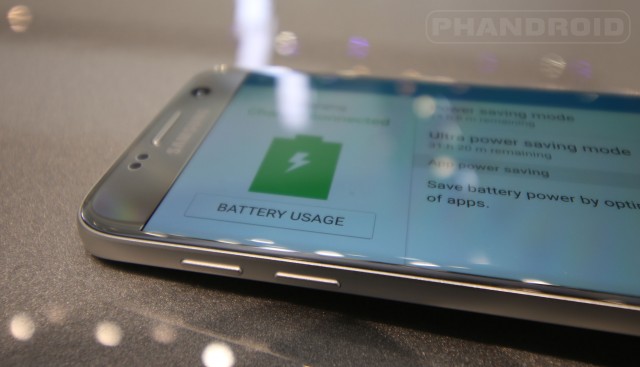

It’s a compromise! The point here is to illustrate these increasingly difficult compromises that Samsung had to go through when it came to the battery.

Reducing the voltage to 4.35V mitigates some of these cycle life problems, of course at the expense of a loss in capacity.Īn astute reader might say: “Well, 3,600 mAh is plenty capacity for me!” That might be true, but you are paying for a bigger battery and using a physically larger battery than you need. We observed in a previous post that the older Galaxy Note 4 suffered from a poor cycle life problem due to fast charging - the battery died within less than a year of operation. Second, the S7 and S7 Edge are both running at a fast charge rate. By reducing the voltage to 4.35V, the effects of swelling are somewhat mitigated. First, it is quite likely that the swelling of this battery is severe at 4.4V that it limits Samsung’s quest to build thin smartphones. Is it confusing enough? So why would Samsung sacrifice this additional capacity and not mention it in the capacity label on the battery? There are several reasons. This means that the battery true capacity is actually 5% higher…in other words, the S7 Edge has an intrinsic battery capacity that is near 3,700 mAh, but Samsung is instead choosing to operate it at 3,521 mAh. The green curve in the charging chart above shows the maximum voltage of 4.35V (not 4.4V) at the end of the charge cycle. However, both S7 and S7 Edge do not charge to this maximum voltage - instead, they charge the battery to only 4.35V. Surprisingly, teardowns of the S7 and S7 Edge (US models) show that these batteries come from ATL, not from Samsung’s battery division, Samsung SDI.īattery vendors are now increasing the maximum charge voltage to 4.4V to raise the energy density of the battery by an additional 5%. The S7 and S7 Edge are using batteries with a higher nominal maximum charge voltage of 4.4V compared to the older 4.35V standard. Charge profile for the Galaxy S7 Edge (blue line is capacity and green line is charge voltage)


 0 kommentar(er)
0 kommentar(er)
